At the Center of the Onion is Another Onion
Harkawik Gallery
Feb 25 – Apr 2, 2023
30 Orchard St, New York City
Website
„Grzybacz invites us to experience a world both familiar and alien, in which the body itself is as much a networked device, a sensate orchestra, and a bustling manufactory, as the technologies that have come to alter our understanding of it. Onionsurprises at every level; perhaps most profoundly in subtle choices and matters of process. Grzybacz culls imagery from a heap of drawings, performing each work in a feverish 24 to 72 hour stretch, during which the canvas is covered with paint and then “mopped up” with sponges and brushes. This leaves areas of density and opacity, and the paintings that result loom over the viewer with the finitude of granite and the freedom and joy of a succinctly executed watercolor.
Grzybacz grew up in the countryside outside Krakow, where he now lives, and counts as early inspiration the works of his father, once a painter, and the broadcasts of Polish national television. In this respect he was lucky, as Poland is home to some of the great animators of the 20th Century—Jan Lenica, Julian Józef Antonisz, Witold Giersz, Hieronim Neumann, Daniel Szczechura, Miroslaw Kijowicz, etc—all of whom were featured on TVP. If there is a relationship between the animated character with its distinctive features and Grzybacz’s deconstructed people, it is a purely formal one, as each tradition alters the figure according to its own imperatives and ideals, stretching limbs, exaggerating the breast, the hand, the eyes, the phallus; showing us our bodies in all their mawkish and bawdy splendor.
In Grzybacz’s world, pathways of communication, causal relation, and private ideation are all made external, visible. He composes by packing an array of incompatible perspectives into the same picture, layering and iterating them until the painting offers an impossibly comprehensive and diagrammatic look at an encounter or activity. Grzybacz pushes the action in the picture relentlessly to its margins, sometimes introducing forms that further “disembowel” the composition, creating new levels of marginalia and compression. In Apparition, a recreation of Lucian Freud’s iconic 1954 Hotel Bedroom, the relation between two figures, one standing erect and the other consumed with phone, is rendered as a Hunter S. Thompson-like spatial warp. In Meet, we see bodies arrayed according to geometry, perhaps the result of Grzybacz’s window overlooking a yoga studio. Similarly, in Pages, the artist’s own process is made to be the subject of his study, as hands gently cradle piles of paper, leaving us with a picture we must complete mentally. Portrait and An Egg are deeply personal works, and their imagery and tone recalls the farm animals of his ancestors and early experiences. The figure in these paintings is a sensitive outsider, given to observe the systems of life, duty and beauty, perhaps more than he partakes in them.
In the Coke-bottle-green Talk, the object and organs of pleasure and speech are concretized in a yammering geyser of spawning sex. Earlobes are breasts are teeth are asses are cocks are fingers, as Grzybacz ponders “dirty talk,” rendering the objectification of the body as a literal spilling forth of sex organs. Grzybacz’s most profound gesture is seen in Set, 2023, his largest executed work. Here he creates a simulacra of the exhibition itself, folding and exploding its components according to a diagram, that, for the first time, he makes visible as a series of quadrants. Here he employs what Jean-François Lyotard called “the libidinal band,” or a corporeal moebius strip that registers the primary processes of desire and libidinal intensity along its surface. The objects that occupy these quadrants—vibrator or microphone, tooth or flower, turntable or atomic bomb—function like dispositifs, channeling energy into stable systems of knowledge and reproduction.
What is clear, above all, is that Grzybacz possesses an uncanny sensitivity to the relationship of human to machine, one that only emerges once in a generation, if that. In our current moment, when factory floor, chemical photograph, contraption, appliance and augmented body have given way to rubberbanded scrolling, to pinching and swiping and new economies of attention and reputation, Grzybacz illuminates our uncomfortable and unresolved sense of our own corporeal form, told to us countless times a day by the devices that fill our world.”
– Peter Harkawik


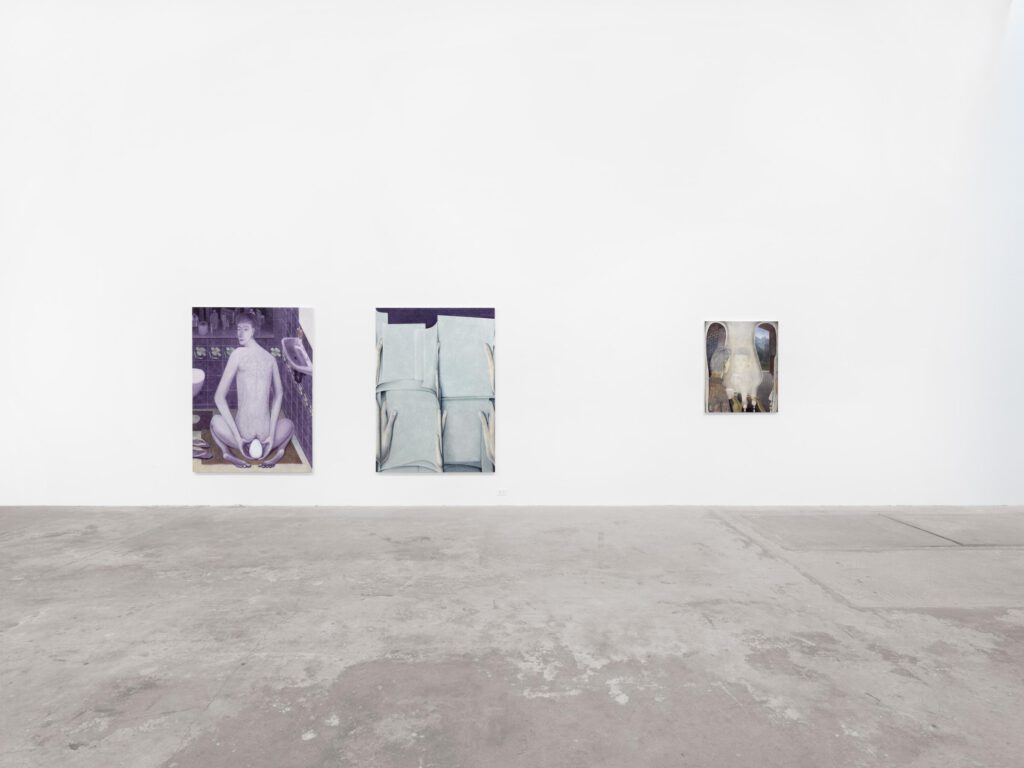
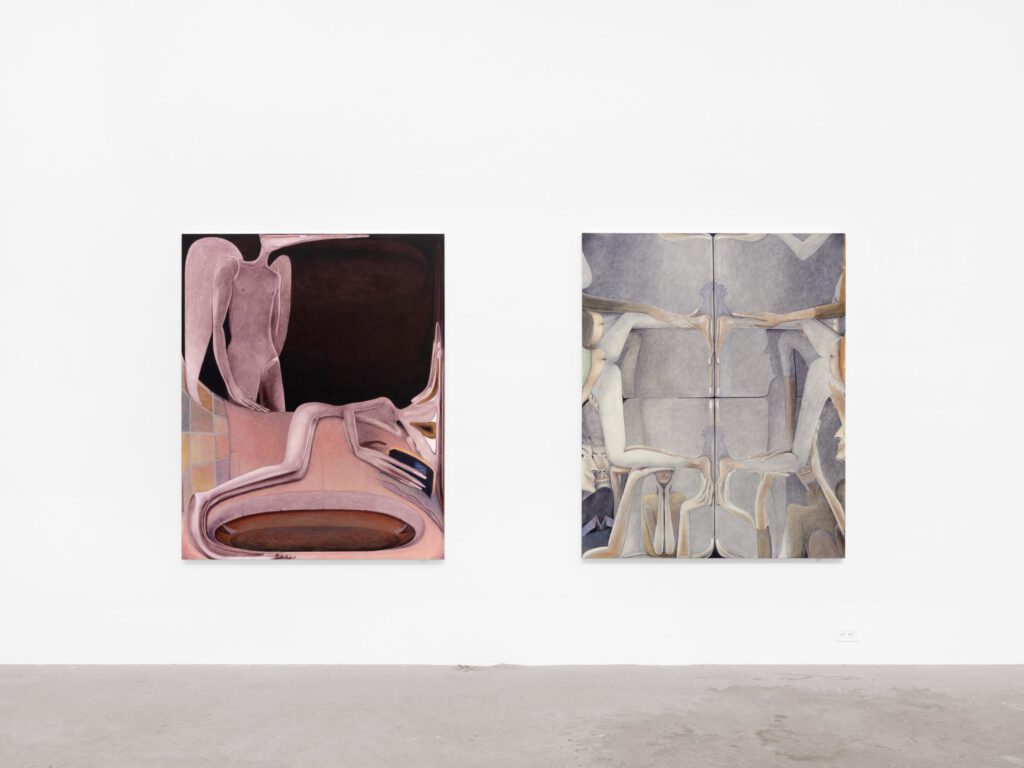
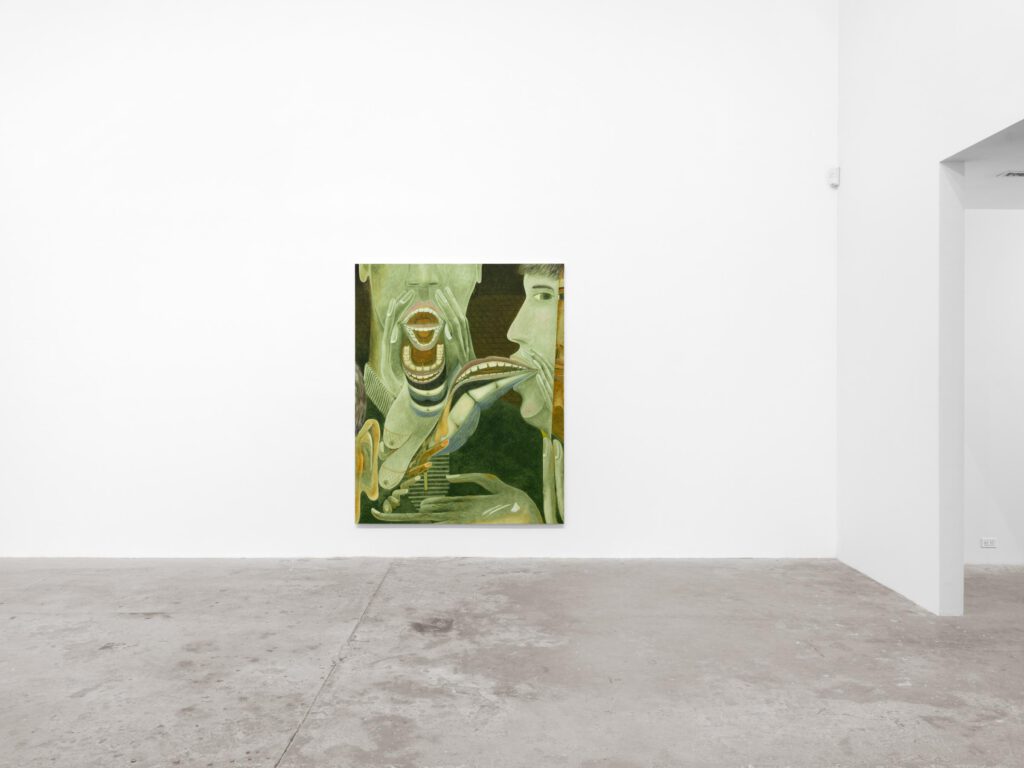
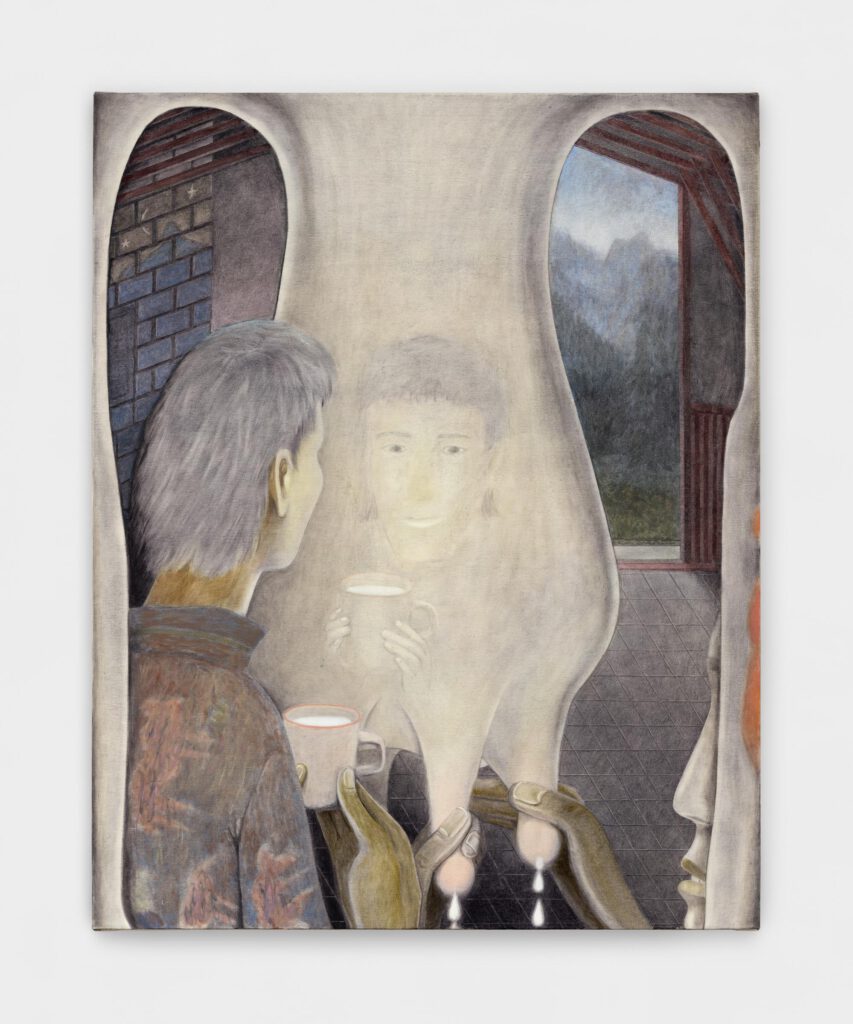
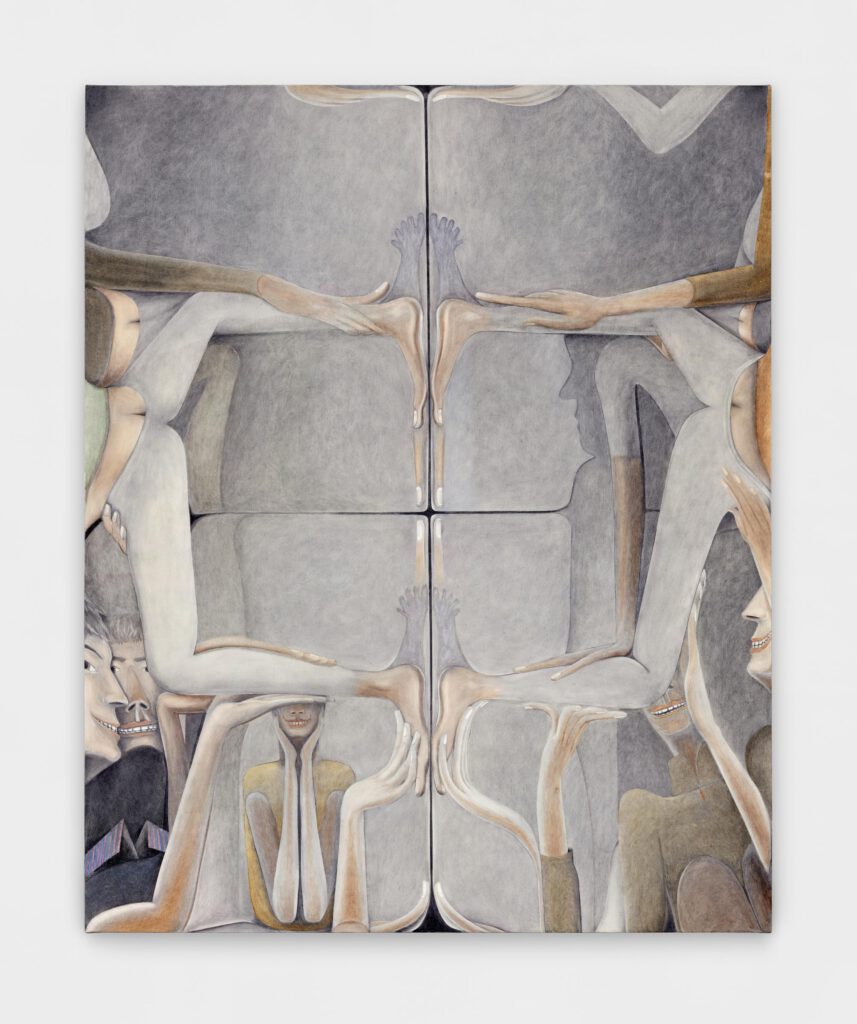
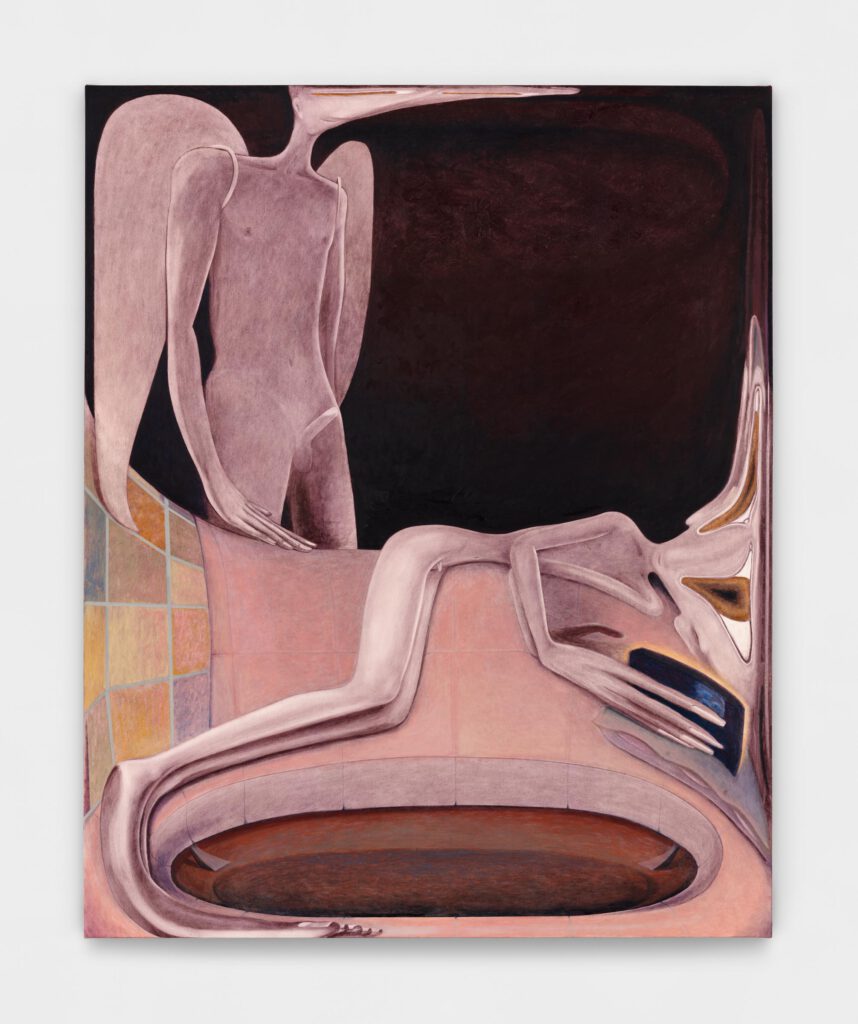
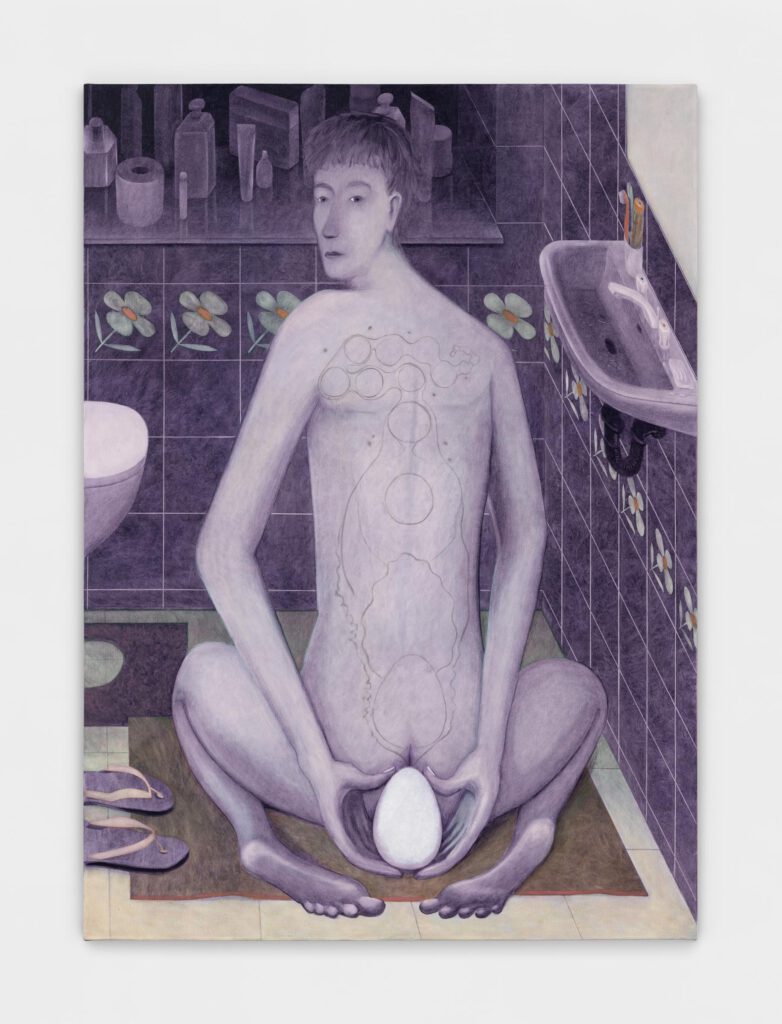
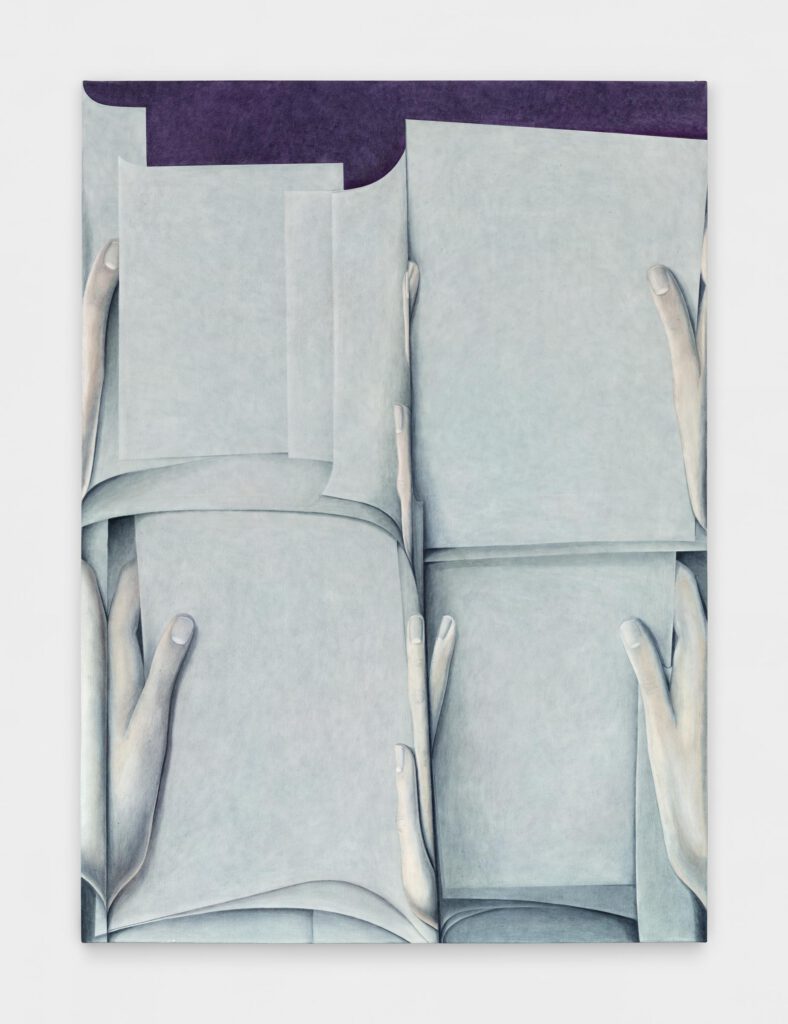
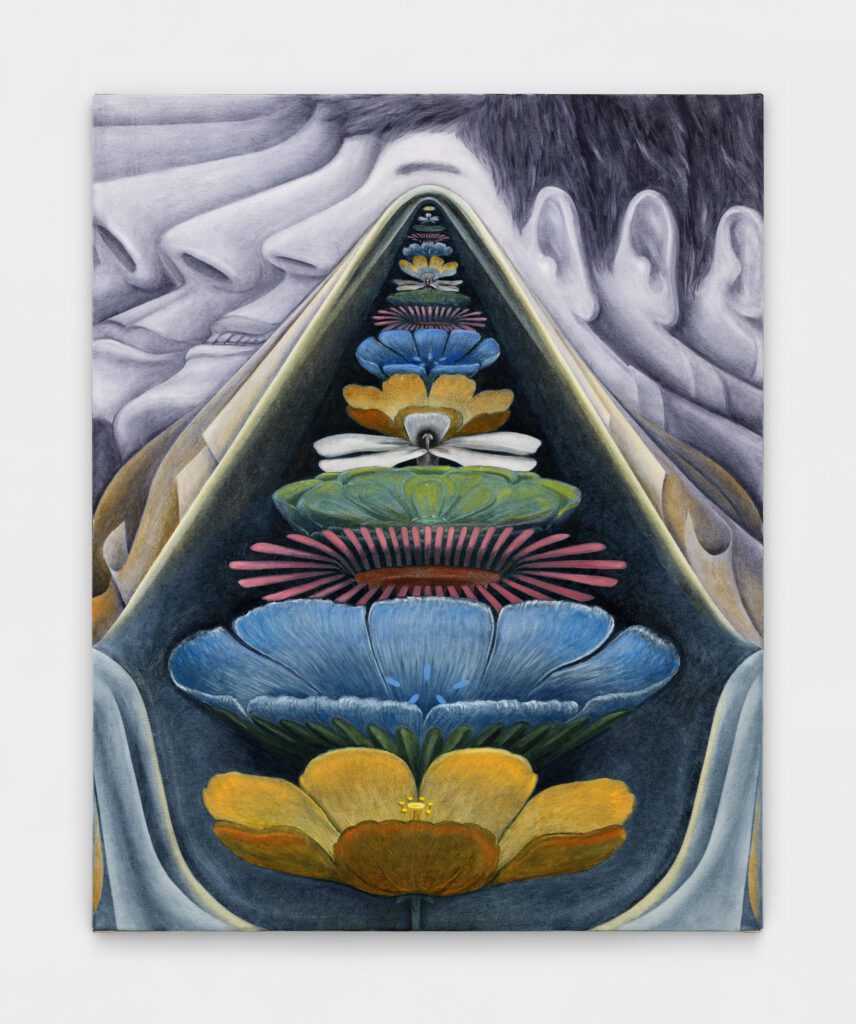
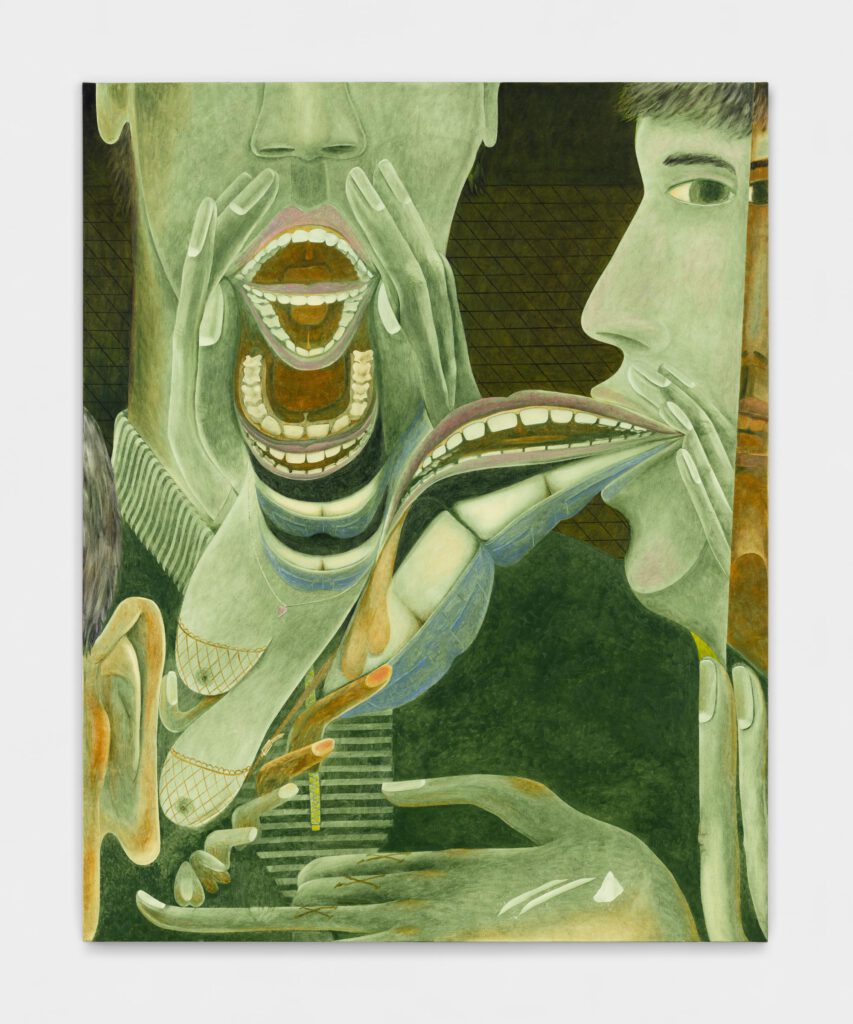
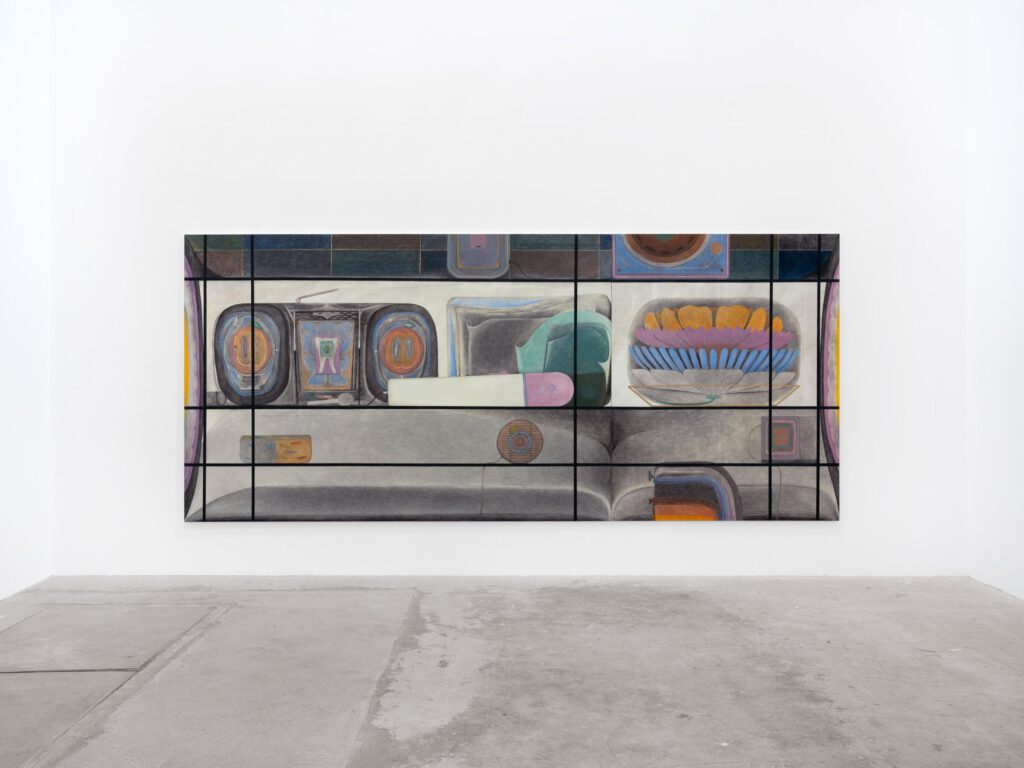

„Krzysztof Grzybacz” Dawid Radziszewski Gallery & Clay Warsaw
